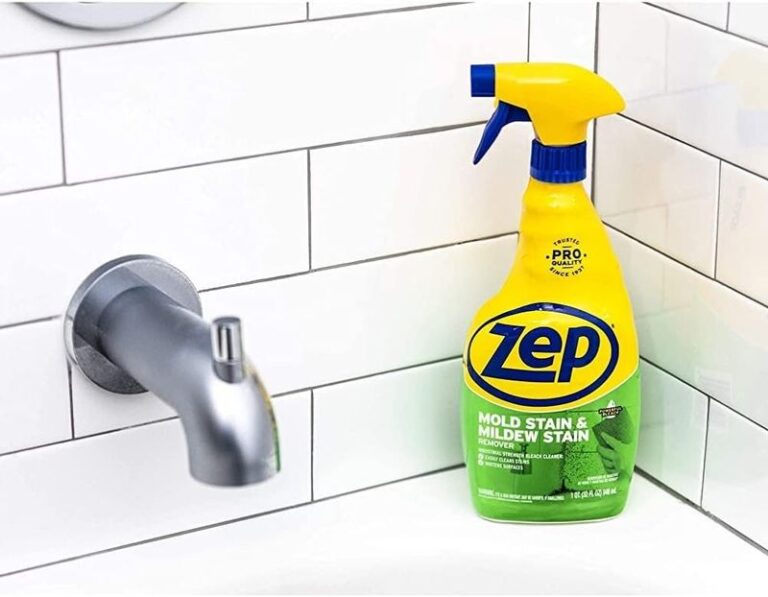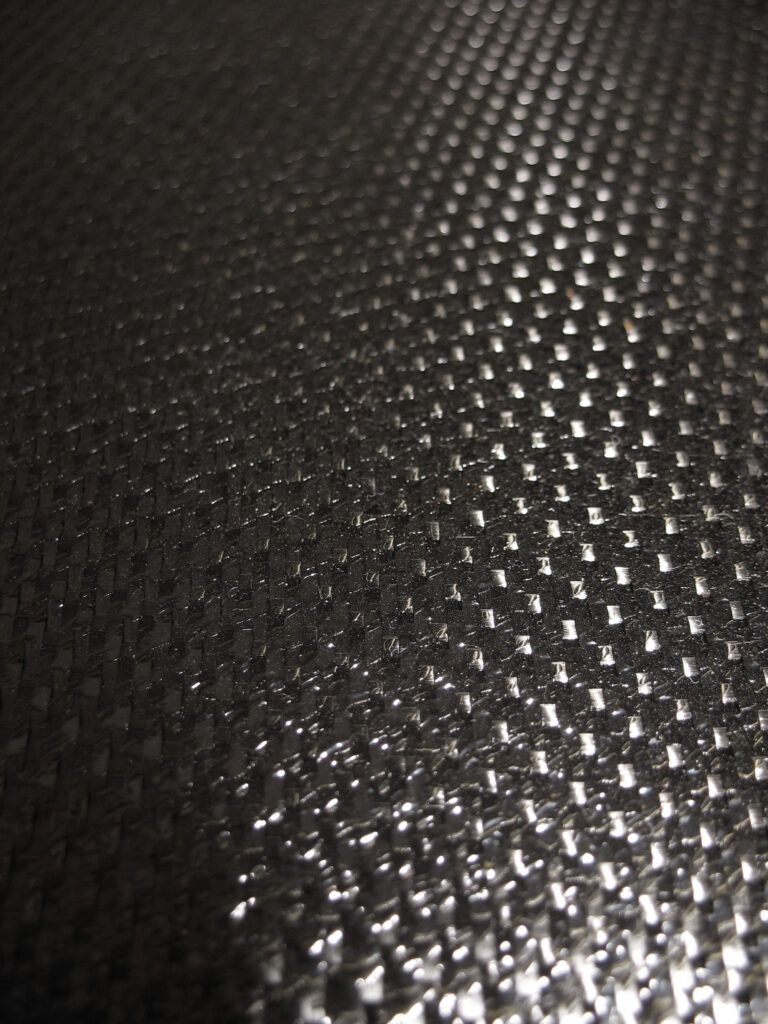What Everyone Needs to Know about Mold in Their Homes: Common Myths Debunked
Mold is a common problem that affects many homes, and it can have significant health effects on the occupants. In this article, we will debunk some of the myths surrounding mold in homes and provide you with everything you need to know about preventing and dealing with mold infestations.
Introduction to Mold and Its Health Effects
Mold is a type of fungus that grows in damp or wet areas. It thrives in warm environments and can spread quickly if left unchecked. While certain types of mold are harmless, others can cause serious health problems, especially for people who are sensitive to them. Some of the most common health effects associated with mold exposure include respiratory issues such as asthma, allergies, and sinusitis. Other symptoms may include headaches, fatigue, skin rashes, and even neurological disorders.
Common Myths About Mold in Homes Debunked
There are several misconceptions about mold in homes that can lead to confusion and delay effective treatment. Here are some of the most common myths debunked:
1. Myth: Only old houses get moldy.
Fact: Any home can develop mold regardless of its age. The key factor is moisture, which can come from leaks, flooding, high humidity, or poor ventilation.
2. Myth: You only need to worry about visible mold.
Fact: Not all mold is visible, and just because you don’t see any signs of mold doesn’t mean there isn’t any present. Mold can grow behind walls, under carpets, and in other hidden places.

3. Myth: Bleach kills mold.
Fact: While bleach can kill surface mold, it does not penetrate porous materials like wood or drywall. Additionally, bleach can create dangerous fumes when mixed with other cleaners, so it should be used with caution.
4. Myth: I can handle mold myself.
Fact: Mold removal requires specialized equipment and techniques to ensure proper containment and disposal. Attempting to remove mold yourself could result in cross-contamination and make matters worse.
Signs of Mold Infestation in Your Home
Knowing the signs of mold infestation can help you take action before it becomes a major issue. Look out for these warning signs:
1. Musty odors
2. Water stains on ceilings or walls
3. Peeling paint or wallpaper
4. Fuzzy spots on surfaces
5. Dampness or condensation
6. Unexplained illnesses
How to Prevent Mold Growth in Your Home
The best way to deal with mold is to prevent it from growing in the first place. Here are some tips for preventing mold growth in your home:
1. Fix leaky pipes and roofs promptly.
2. Use exhaust fans in bathrooms and kitchens to reduce humidity levels.
3. Keep indoor humidity below 60% by using dehumidifiers or air conditioners.
4. Clean up water spills immediately.
5. Ventilate attics, basements, and crawl spaces.
Conclusion: Taking Action Against Mold for Better Health
If you suspect mold in your home, don’t hesitate to seek professional assistance. A qualified mold remediation company can assess the situation, identify the source of the mold, and provide safe and effective removal services. By taking action against mold, you can protect your family’s health and improve the overall quality of your living environment.





